Graphene underwear.
L(170÷95) Waist circumference65 leg circumference21.
XL(175/100)Waist circumference 69 leg circumference 23.
XXL(180/105)Waist circumference 73 leg circumference 25.
XXXL(185/110) Waist circumference77 leg circumference27.

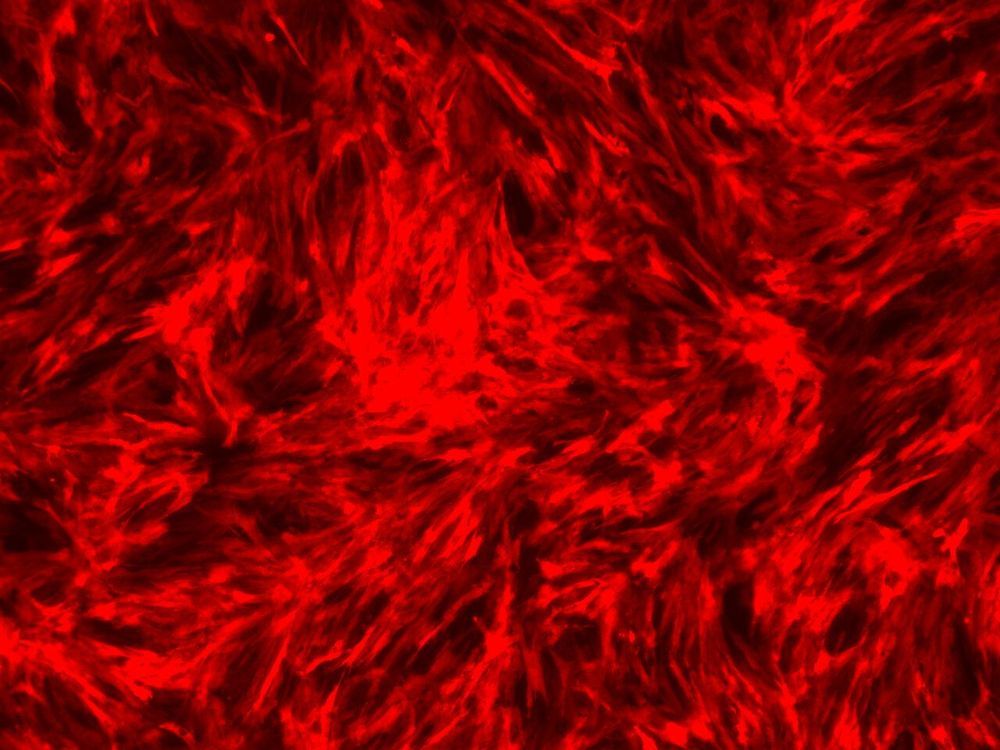
Cardiovascular disease is a major cause of death worldwide, and treating it isn’t easy. The disease wreaks havoc on patients’ blood vessels and can require complex bypass surgery.
Scientists at the Morgridge Institute for Research are working toward a dream of creating artery banks—similar to blood banks common today—with readily-available material to replace diseased arteries during surgery.
The latest work in the lab of Morgridge regenerative biologist James Thomson puts the science one step closer to that goal.
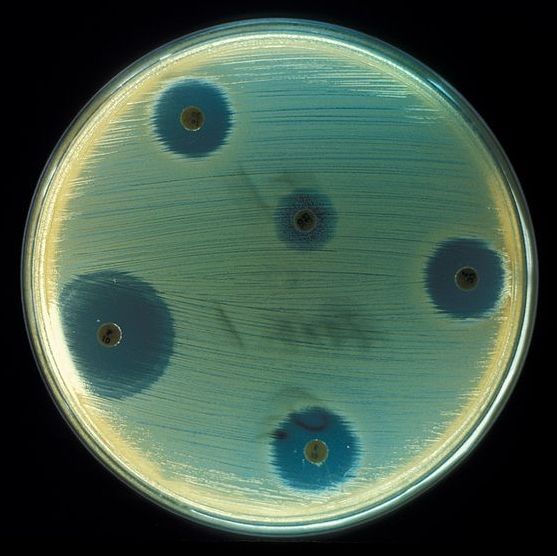
Most antibiotics work by interfering with critical functions such as DNA replication or construction of the bacterial cell wall. However, these mechanisms represent only part of the full picture of how antibiotics act.
In a new study of antibiotic action, MIT researchers developed a new machine-learning approach to discover an additional mechanism that helps some antibiotics kill bacteria. This secondary mechanism involves activating the bacterial metabolism of nucleotides that the cells need to replicate their DNA.
“There are dramatic energy demands placed on the cell as a result of the drug stress. These energy demands require a metabolic response, and some of the metabolic byproducts are toxic and help contribute to killing the cells,” says James Collins, the Termeer Professor of Medical Engineering and Science in MIT’s Institute for Medical Engineering and Science (IMES) and Department of Biological Engineering, and the senior author of the study.
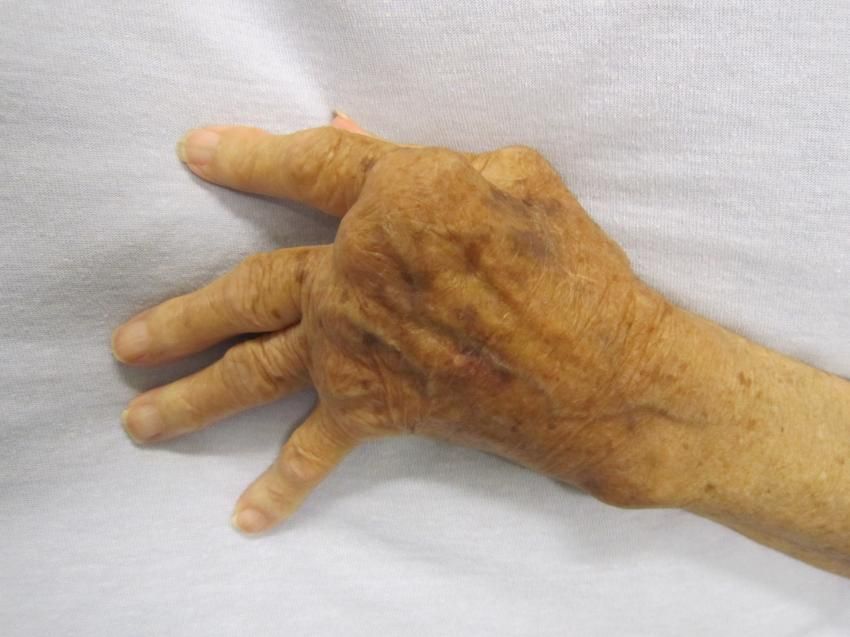
Newly identified subsets of cell types present in joint tissue in people with rheumatoid arthritis and how they interact may explain why only some people respond to existing medications, according to two studies by co-senior author Laura Donlin, Ph.D., Co-Director of the Derfner Foundation Precision Medicine Laboratory at Hospital for Special Surgery (HSS) and collaborating colleagues. The findings suggest exciting new targets for developing precision medicine strategies in the future.
Rheumatoid arthritis (RA) is an autoimmune disease that affects the joints. The immune system mistakenly perceives joint tissue as a harmful invader, like a bacteria or virus, and attacks it, causing inflammation, pain and swelling. RA affects an estimated 1.3 million Americans, about 1% of the population. Critical unmet needs in RA treatment are medications that effectively treat all people with RA, especially those who do not respond to disease-modifying antirheumatic drugs (DMARDs) or biologics.
RA involves a complex interplay between many different types of cells—including T cells, B cells, monocytes and fibroblasts—but the specific subtypes that drive disease progression are largely undefined. Understanding these cell types more precisely may hold valuable information in developing new treatments.
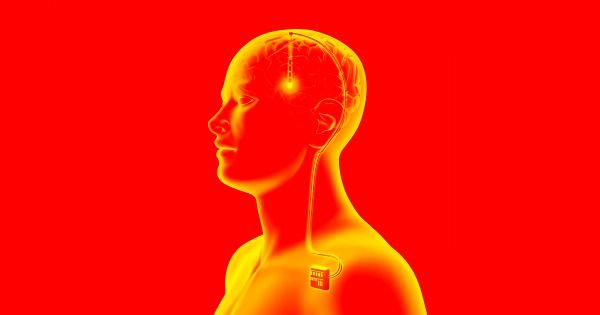
Deep brain stimulation (DBS), an experimental technology that involves implanting a pacemaker-like device in a patient’s brain to send electrical impulses, is a hotly debated subject in the field of medicine. It’s an inherently risky procedure and the exact effects on the human brain aren’t yet fully understood.
But some practitioners believe it could be a way to alleviate the symptoms of depression or even help treat Alzheimer’s — and now they suspect it could help with drug addiction as well.
In a world’s first, according to the Associated Press, a patient in Shanghai’s Ruijin Hospital had a DBS device implanted in his brain to treat his addiction to methamphetamine.
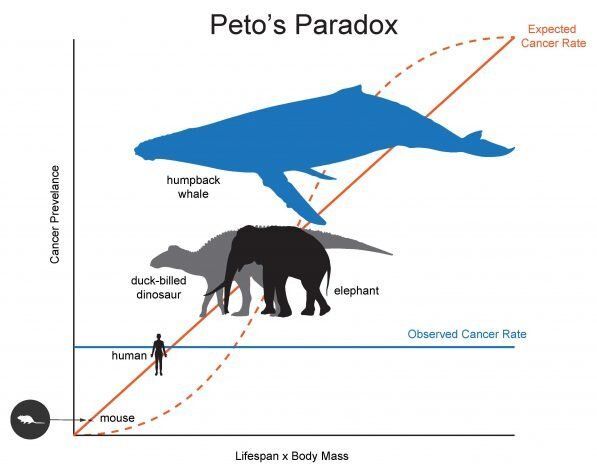
Scientists know that age and weight are risk factors in the development of cancer. That should mean that whales, which include some of the largest and longest-lived animals on Earth, have an outsized risk of developing cancer.
But they don’t. Instead, they are less likely to develop or die of this enigmatic disease. The same is true of elephants and dinosaurs’ living relatives, birds. Marc Tollis, an assistant professor in the School of Informatics, Computing, and Cyber Systems at Northern Arizona University, wants to know why.
Tollis led a team of scientists from Arizona State University, the University of Groningen in the Netherlands, the Center for Coastal Studies in Massachusetts and nine other institutions worldwide to study potential cancer suppression mechanisms in cetaceans, the mammalian group that includes whales, dolphins and porpoises. Their findings, which picked apart the genome of the humpback whale, as well as the genomes of nine other cetaceans, in order to determine how their cancer defenses are so effective, were published today in Molecular Biology and Evolution.

Neuroleptic malignant syndrome (NMS) is rare but one of the most serious adverse effects of antipsychotics. Here, we report a case of risperidone-associated NMS in which a successful rechallenge of risperidone was observed with a positive follow-up. A 47-year-old female with schizophrenia was treated with risperidone 4 mg/d for 8 months in 2009 and was admitted to our hospital in 2015 owing to violent behavior under persecutory delusions. Risperidone 2 mg/d was initiated and increased to 4 mg/d 54 days later. Further, long-acting injectable (LAI) risperidone 25 mg per 2 weeks was added on hospital day 15. On hospital day 116, NMS occurred and thus we discontinued all antipsychotics including LAI risperidone, then NMS improved. We resumed LAI risperidone 25 mg per 2 weeks on hospital day 148, thus we waited for 22 days before re-starting the drug treatment. She was discharged on hospital day 371, then switched to LAI paliperidone 150 mg per 4 weeks 2 months later. At the time of a follow-up 3 years later, NMS had not reoccurred. This case reports on an unusual presentation of NMS in which no hyperthermia was observed. Furthermore, this case indicated that NMS may occur in a dose-dependent manner. In conclusion, this case reported important information for clinicians with regard to antipsychotic drug rechallenges and proper dosing of APs to avoid or reverse NMS.
A 47-year-old female with schizophrenia and without other neuropsychiatric or systemic illnesses was treated with risperidone 4 mg/d for 8 months in 2009. In 2015, she was admitted owing to the violent behavior of attacking her mother-in-law under persecutory delusion with the belief that her mother-in-law was going to murder her and auditory hallucination of hearing her mother-in-law criticize her behind her back. Risperidone 2 mg/d was initiated and increased to 4 mg/d 54 days later. Further, long-acting injectable (LAI) risperidone 25 mg per 2 weeks was added on hospital day 15. She did not receive any mood stabilizers on admission, such as lithium, carbamazepine, valproate. During treatment, the patient complained of soreness and weakness of her whole body, and refused to eat or ambulate on hospital day 116, at which point she was tachycardic with a bpm of 116, but afebrile (36.4°C) with stable blood pressure (113÷72 mm Hg).

A study out of John’s Hopkins University published by Dr. Robert Yolken, MD, and colleagues late last year have found a possible biomarker for schizophrenia. Biomarkers are extremely important to help diagnose disease, yet very few exist for psychiatric disorders. You cannot take a blood test to diagnose depression, for example. The current study found that schizophrenics carry a high level of a certain antibody produced in response to Epstein–Barr virus (EBV), a type of herpes virus that can lead to infectious mononucleosis (aka “mono” or “the kissing disease”). The schizophrenic patients in this study had a greater immune response to EBV-viral capsid antibody (VCA) compared to controls.

Longevity companies have often risen and fallen with little ado. But if these financial experts are correct that biotech companies are poised to start “bringing unprecedented increases to the quality and length of human lifespans,” per CNBC, then we may start seeing serious results out of the industry.
“New Frontier”
Bank of America’s predictions would mean a six-fold increase in the amount of money in longevity companies. In a report to clients reviewed by CNBC, analysts wrote that the human lifespan may soon extend to 100 years.
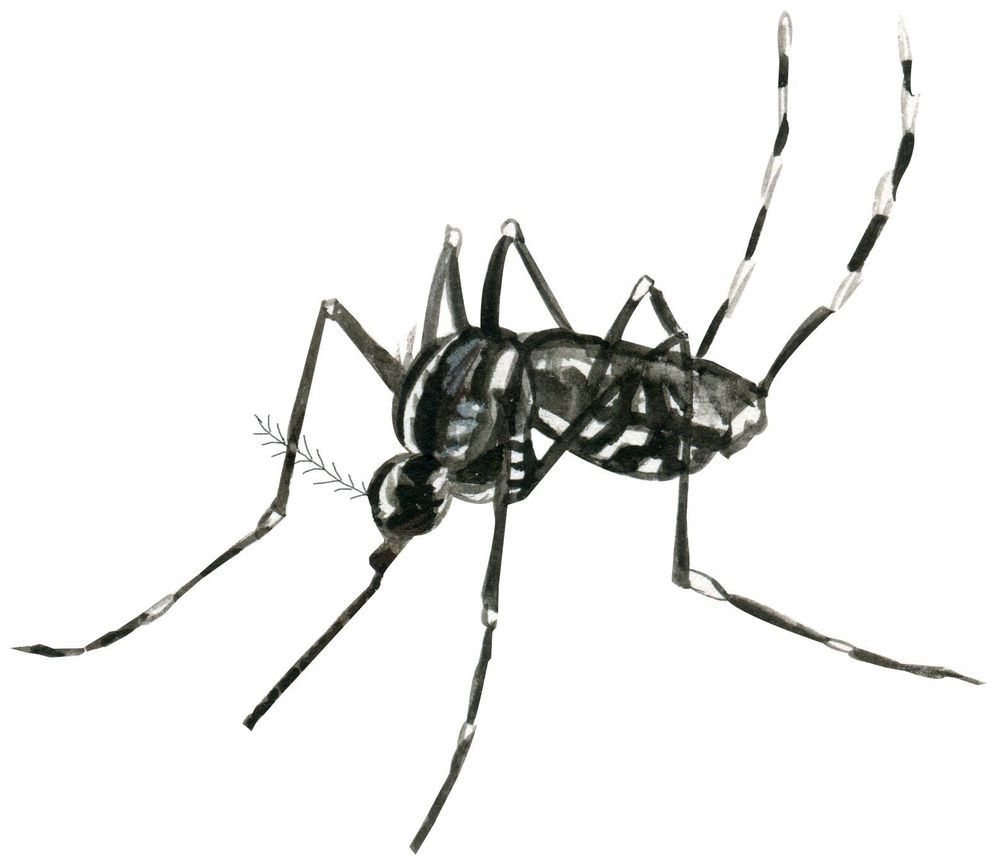
Feeding mosquitoes sugar makes them less attracted to humans, a response that is regulated by the protein vitellogenin, according to a study publishing May 9 in the open-access journal PLOS Biology by Jessica Dittmer, Paolo Gabrieli and colleagues at the Università degli Studi di Pavia in Italy.
Female mosquitoes must feed on blood to provide energy and nutrients for their developing eggs, but they can also supplement their diet with sugars by drinking plant nectar or sap. The team fed young female tiger mosquitos (Aedes albopictus) sugar solutions, and found it reduced their attraction to human skin. Female energy levels constantly increase after feeding sugars, and they are not related to the insects’ motivation to find a host.
Transcriptome sequencing revealed a wave of gene expression changes associated with this reduction in host-seeking behaviour, which affected at least 23 genes including the vitellogenin gene Vg-2—known to play a role in ovary development. RNA interference experiments to knockdown the Vg-2 gene expression restored the mosquitos’ attraction to humans, confirming the gene’s key role in regulating feeding behaviour.